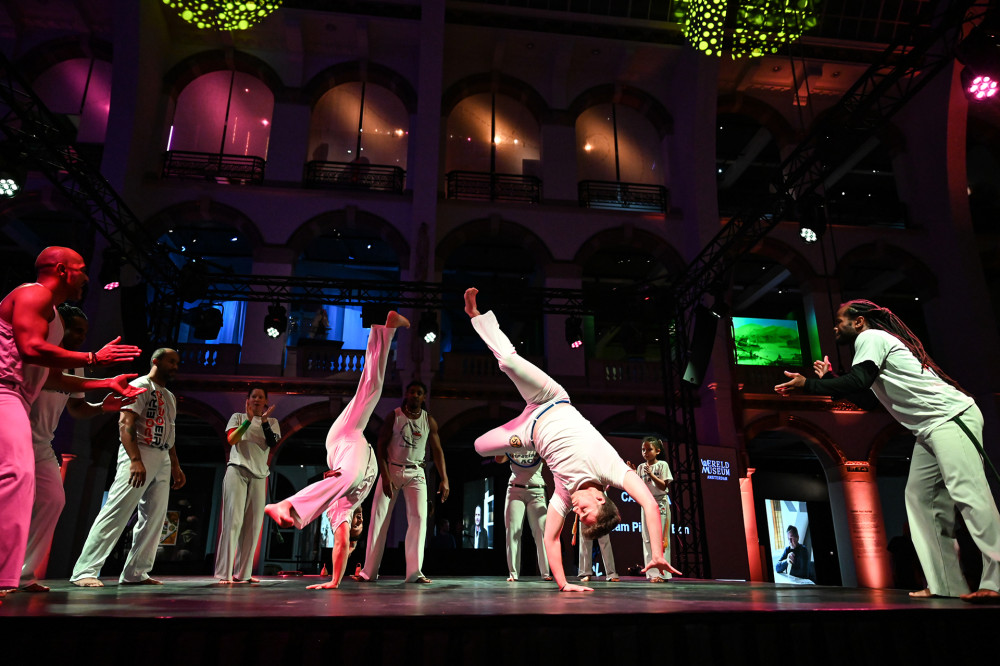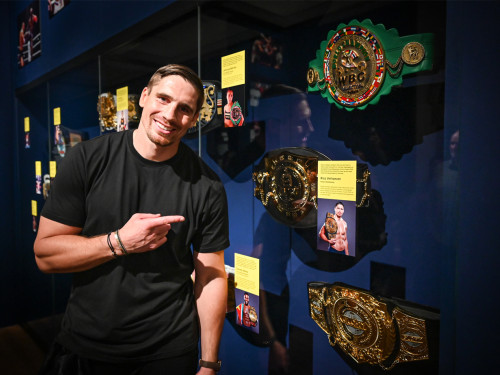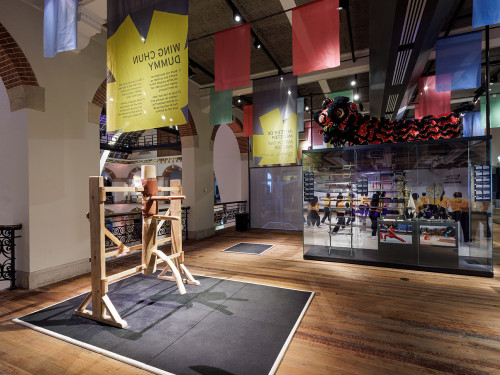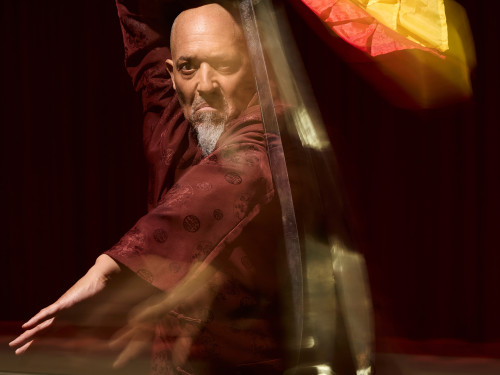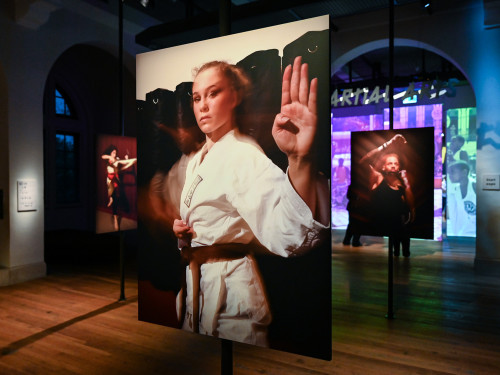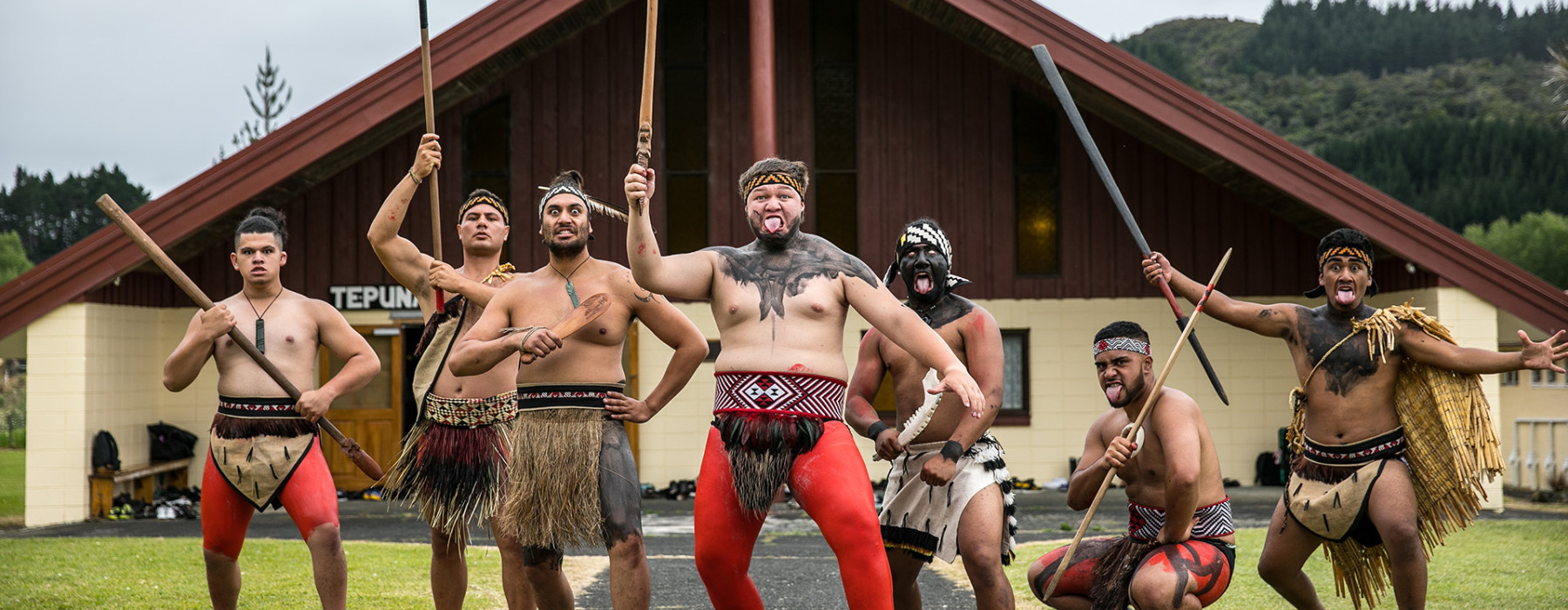
Many martial arts have also had a role in strengthening communities throughout history. Fighting techniques are passed down from generation to generation. Sometimes this is very local. Māu rākau is the martial art of the Māori, the indigenous people of New Zealand, or Aotearoa, as they call their country. Trained fighters teach the techniques to the next generation in the meeting house, which is the place for language, politics and culture in Māori communities.

